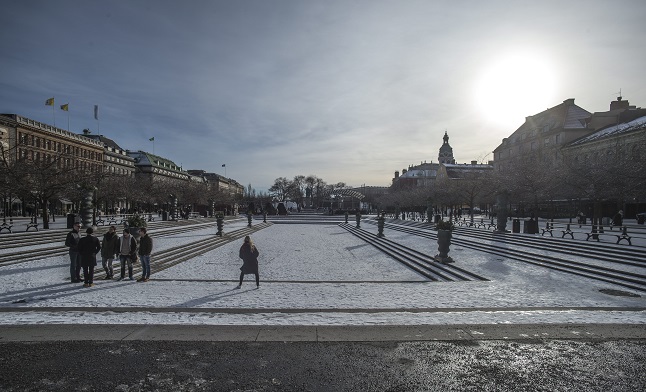Archaeologists uncover part of the 16th-century ship in central Stockholm
Stockholm, Sweden’s capital, can be popular for a lot, but it was an unexpected event to discover a 500-year-old shipwreck in the center of the city.
The most likely shipwreck is from the Swedish cargo ship Samson, built-in 1598 at Enånger in Hälsingland by AndersPedersson.
Relics of the ship were accidentally found in the middle of Stockholm under a Kungsträdgården (Swedish for “King’s Garden”) courtyard.
The courtyard had to be lowered while conducting renovation work to strengthen the foundation of a property
In these projects archeologists usually participate, in case anything of historical value will be found, were amazed when they noticed wooden parts of this old ship.
The study of wreckage was carried out by the maritime archeologists of the Norwegian Maritime Museum of Transport History and it has been determined it’s part of the Samson ship that was over 30 meters long.
In an interview with TT archaeologist Philip Tonemar who has commissioned the survey on behalf of the county administrative board, explained it’s a very rare archaeological discovery.

Tonemar said the dating of the timber, the shipbuilding technology as well as the size perfectly matches Samson.
“A finding from this transition period between the older and newer shipbuilding of the era is very unusual. There are really no other direct examples, and that it is completely built with pine and its special design details also makes it unique,” Tonemar said.
Little is known about Samson’s fate and there are only brief historical notes about the ship’s history. For some unknown reason, after 1607 Samson vanished from historical records.
Tonemar thinks the ship was most likely abandoned.
“When the ship was abandoned in the early 1600s, it was probably stripped of material, chopped up and left on the shore.

We found garbage from residents in the area that were thrown directly over the ship,” Tonemar said.
In addition to the shipwreck, archaeologists also discovered coins, pipes, ceramics, glass and a small ball of clay in mud that perhaps a child had lost.
Today, only a part of the bottom of one hull remains from Samson. It’s a historical ship and the latest remains will be covered with a ground cloth, protective material, and preserved for future generations.
